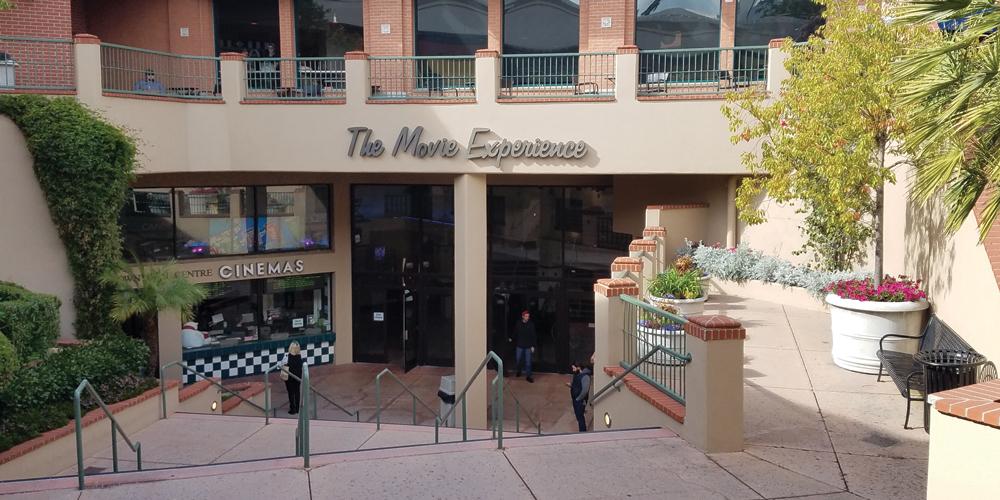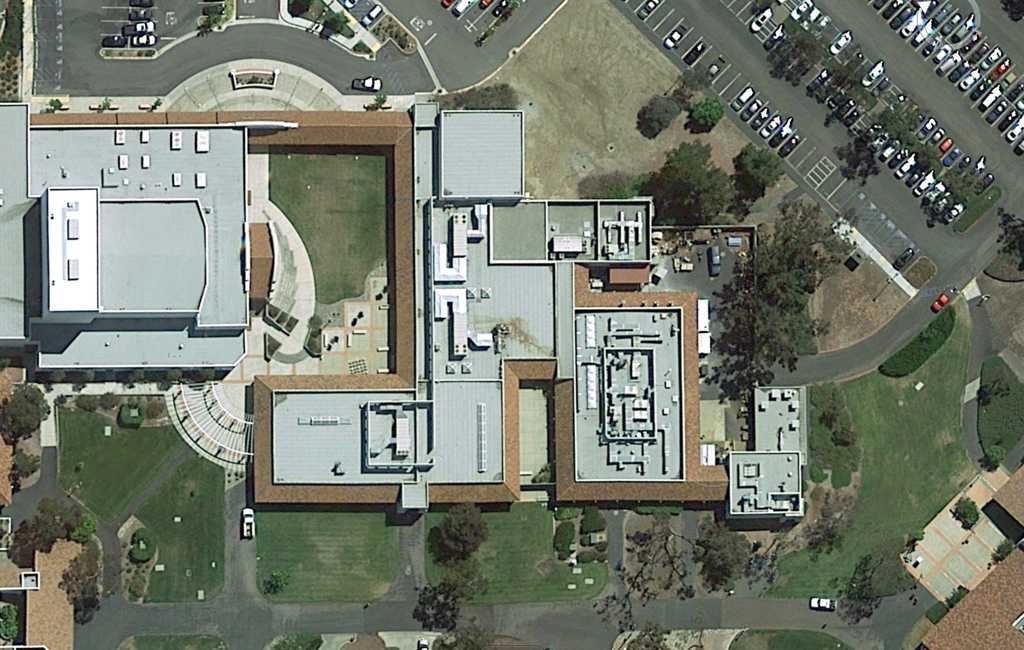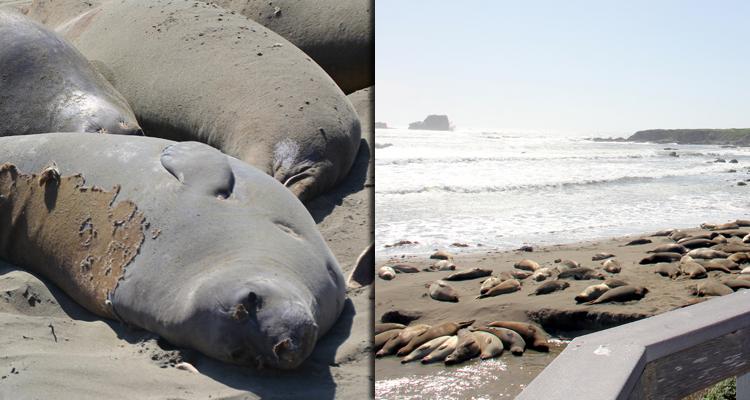The table above has tools That were created by Native Americans with natural resources.
Photo by Amanda Vasquez / Cuestonian
By Amanda Vasquez
Distribution Director
Patti Dunton arrived to Cuesta in pressed dark grey dress pants and black dress shoes. Her cover-up coat had gray and white tribal markings on it that were so hushed that if she was not putting on a native american presentation, the markings would not have stood out as anything tribal.
A wicker basket was positioned on the floor next to an oblong table, and two ziploc bags held beads and acorns.
On the other end of the room, an earth-toned tapestry draped over a long wooden table with labeled pieces of local plant life including sage, acorn, basket making brush, shells, rocks and handmade ceremonial tools.
At a time when there is an increased popularity in botanical medicine and natural healing, local tribal administrator for the Salinan tribe, Patti Dunton, held a presentation in the Cultural Center discussing her interest in local plant life, Native American medicine, and tradition.
“My first recall of plants or growing a garden was at my grandmother’s,†Dunton said, “I was about 4 or 5. She had a vegetable garden, I liked helping her especially when I could pick the carrots.â€
The local plant expert revealed Salinan spiritual traditions and methods of natural medicine at a time when holistic medicine is coming into the mainstream of society.
Dunton strolled around the room, anticipating the arrival of attendees. She took drinks of water and casually chatted with two others in the room. She introduced herself to the group, saying she had only attended Cuesta for one year before going to beauty college.
She familiarized herself with the group in an attempt to make things more comfortable, “I don’t pertain to know everything because I don’t, and I don’t pretend like I do,†said Dunton, whose interest in botanicals also stem from her mother who had a greenhouse and liked to grow flowers.
In the corner of the room, a light tan oblong table rested underneath one of Dunton’s favorite books “Tending the Wild†by Kat Anderson. A pamphlet and a pair of smudged eye glasses lie half-opened next to the standing up book that had a display like quality.
One of the remedy’s Dunton displayed was a piece of Mogwarts, it was labeled a remedy for poison oak.
The Cultural Center filled up with students and faculty with a shared interest in native american culture and plant life, there were also students who were receiving extra credit for attending.
She prepared a slide show presentation and read off the slides word for word, her inability to read certain words without her glasses seemed like a humbling calming technique.
Dunton’s days in 4h and Future Farmers of America, began at 10 years old. 4h is a youth group involved in raising and showing livestock, the 4 h’s in 4 h stands for head, heart, hands and health.
Patti Dunton describes herself as someone who is patient and kind, and claims, “that’s over years of staying on this Earth.â€
Dunton was raised in Morro Bay, she runs the tribal office for the Salinan Tribe, based out of Monterey and San Luis Obispo, but she does these presentations on her own time. Dunton is someone who would rather be outside than inside.
When she came to the basketry section of her prepared presentation, her face and voice lit up, “I chose this picture for the slide because there are a bunch of beautiful baskets on it.â€
Dunton’s Salinan ancestry dates back to 1672 with the birth of Agata Maria. Dunton’s participation and affiliation with the Salinan Tribe roots back to this woman called Agata Maria.
“Patti was very enthusiastic,†reported Spencer Williams, 2nd year anthropology student. “Her presentation was very well planned out and it was important in getting students informed about California Indians. Especially the [controlled] burning, she was very intelligent, informing and enthusiastic.â€
Dunton has always enjoyed living on the central coast, she has always enjoyed hiking and camping.





















